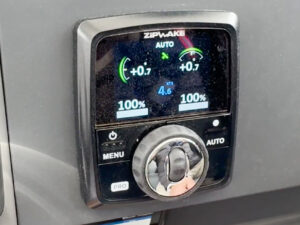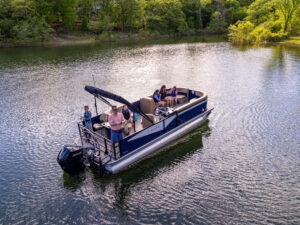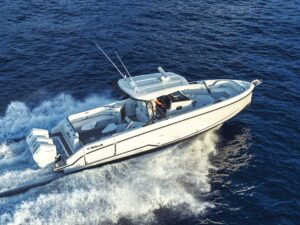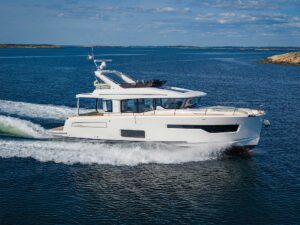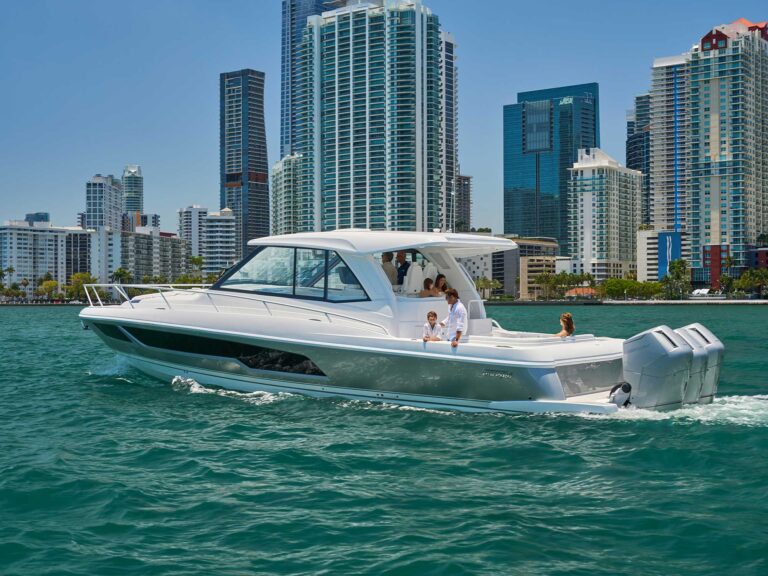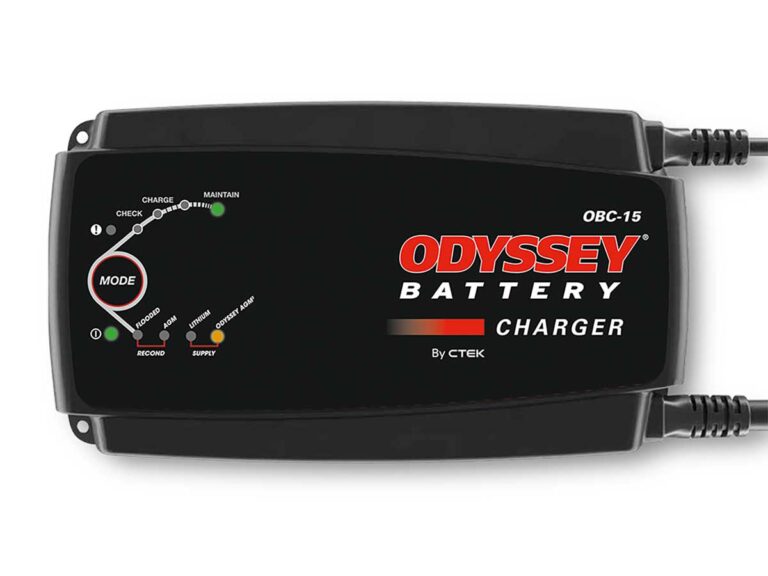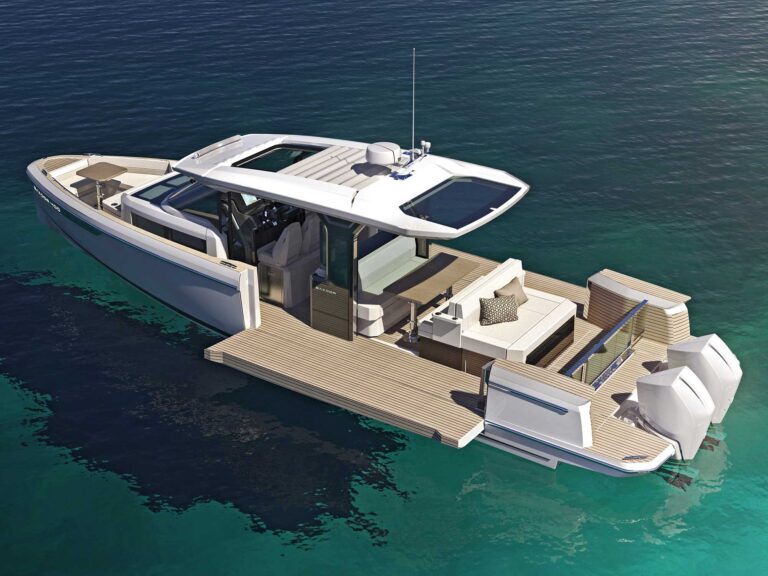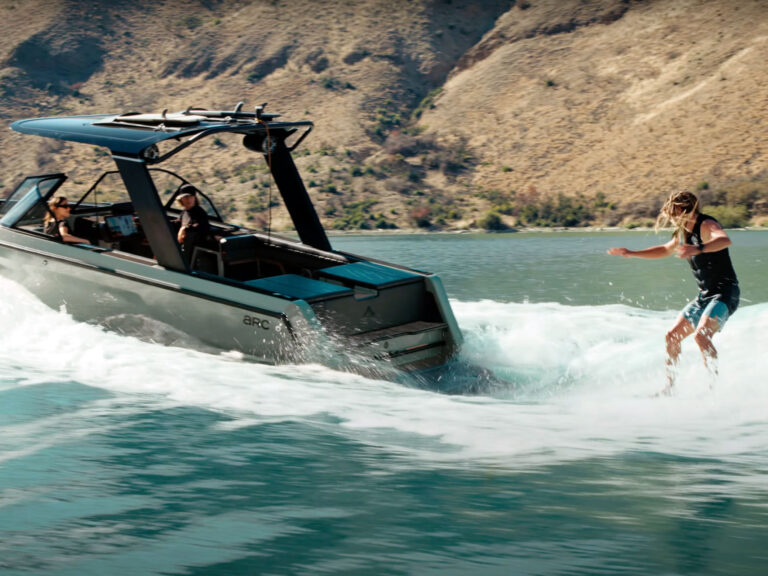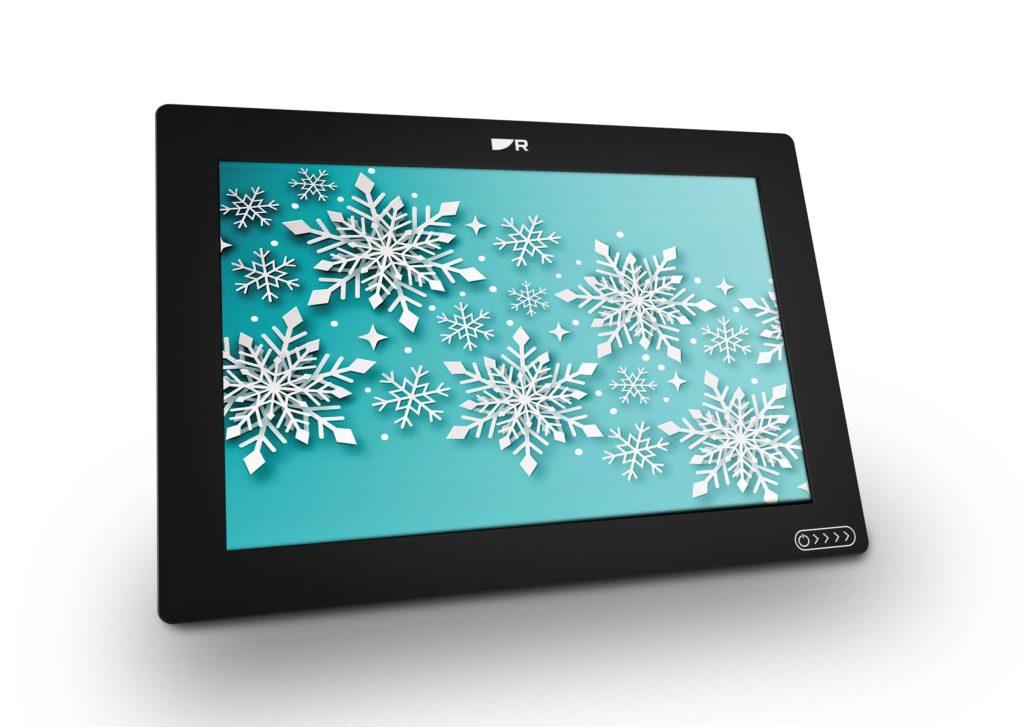
You might not think marine electronics need winterization, but they do. Here are tips from Jim McGowan, marketing manager for FLIR/Raymarine, for preparing your marine electronics for long-term storage this winter.
Remove and Store
If practical, remove your electronics from the boat and store them at home.
Back ’em Up
Save your waypoints, routes and tracks to external media. With multifunction displays, you can back up to a microSD card or sync to an app on your mobile device. Should anything bad happen (such as theft), at least you’ll have your data saved.
Wash and Cover
Use fresh water, mild soap and a microfiber towel to clean and dry electronics left aboard. Then protect each unit with a sun cover. Wash radar scanners, GPS sensors, and thermal cameras too (don’t use a pressure washer) to remove salt and bird droppings before shrink-wrapping.
Lens Advice
If you have a FLIR camera, place it into its “Park” position, which faces the lens surface down to protect it from damage.
Not Too Tight
If you are shrink-wrapping the boat yourself, use care when covering radar and satellite antennas. If too tight, the wrap can warp open-array antennas or crack dome housings.
Connector Care
Ensure plugs and cables are not exposed to the weather, to protect the pins and contacts from corrosion. Label the cables as you are removing them for reference next spring.
Transducer Tip
If you have an in-hull transducer that uses a reservoir, check what kind of liquid is inside. It should be propylene glycol (nontoxic antifreeze), but sometimes it ends up just having water inside, which could freeze and split the housing.
Power Down
Turn off circuit breakers to your electronics. Your boat might also have power to NMEA 2000 networks. Switch it all off to preserve your batteries for next spring. One exception is your boat’s security system, which needs to stay on to help thwart would-be thieves.
Chillin’ Out
Before leaving marine electronics aboard your boat through the winter, check the temperature specification ranges for storage of your particular units. This might differ from the operating temperature, both of which you can find in your owner’s manual or on the manufacturers’ websites.
“Raymarine MFDs, instruments and other devices with screens can all remain on board for the winter as long as you are comfortable with your boat’s security situation,” says Jim McGowan, marketing manager for FLIR/Raymarine. “The cold weather won’t bother them at all. We do extensive cold-weather testing on our displays, and certify them for storage at temperatures ranging from minus 22 to 158 degrees F.”
Not all marine electronics are rated for storage at such low temperatures. Simrad’s NSS Evo3S multifunction displays, for example, are rated for storage down to 4 degrees F. If you anticipate temperatures dipping below the rated temperature, whichever brand you own, make plans to remove it from your boat before it’s shrink-wrapped for winter.
In addition to temperature considerations, think about suspending any subscriptions you use to receive information through your marine electronics. For example, if you have a subscription to a satellite service such as SiriusXM radio, marine weather or Fish Mapping, you can suspend your account for winter when your boat is not being used.
SiriusXM allows you to reactivate in spring without penalties or fees. It’s worth checking with SiriusXM or other providers to see what is possible, and perhaps save some money over the long, cold winter.

